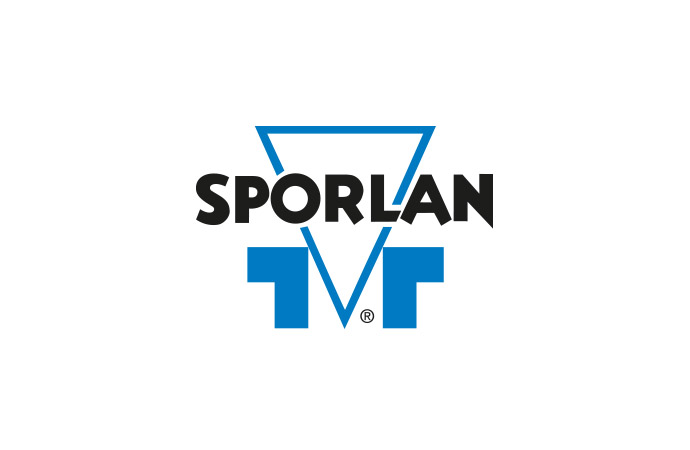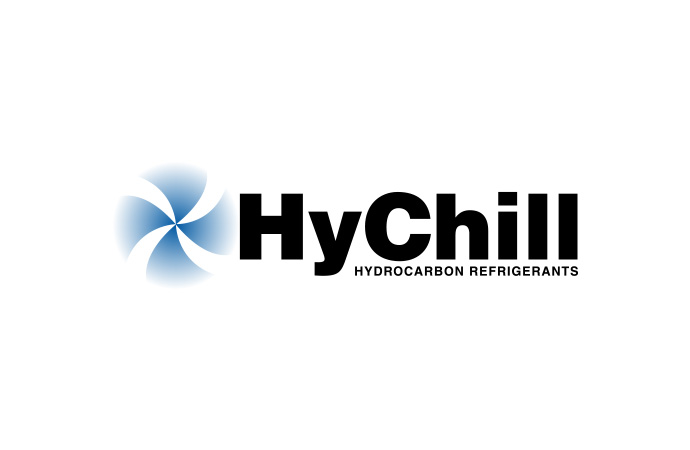With a new report the German Federal Environment Agency (UBA) intends to clarify the environmental and climate impact of F-gases, outline available alternatives with hydrocarbon systems and deliver a status report for decision makers on national, European and international level.

Projections are that by 2050, 80% of f-gas emissions will stem from stationary and mobile cooling and air-conditioning equipment. These emissions are for a major part avoidable if climate friendly natural refrigerants were to be used instead. For several years now, manufacturers have been successfully using hydrocarbons in home, laboratory appliances and commercial refrigeration. Practical experience shows that the use of natural refrigerants does not only drastically reduce direct emissions but that thanks to their high energy efficiency and possible use of waste heat in certain systems, also energy use and resulting indirect emissions can be considerably lowered.
The report “Fluorierte Treibhausgase vermeiden - Wege zum Ausstieg” (How to avoid f-gases: pathways to a phase-out), published in November 2010, is a revised version of the report “Fluorinated greenhouse gases in products and processes - technological measures for climate protection” published in 2004. It outlines the main applications in which f-gases are used and explains the state of technology as well as available alternatives, including hydrocarbon systems.
Natural refrigerants in home and lab appliances
Since the early 1990’s, all German manufacturers of refrigerators have been using the hydrocarbon R600a (iso-butane) as standard refrigerant. The use of hydrocarbons made certain changes in design necessary, due to iso-butane’s flammability. Increased energy efficiency requirements on the other hand led to product modifications, as well. There are no records on the costs the conversion to hydrocarbons has caused, but over the last 15 years this technology has clearly shown its merits.
Until 2008, appliances for laboratories have only been available with fluorinated refrigerants. Since then, products using natural refrigerants have entered the market, covering the whole lab appliances product range according to the manufacturers. These appliances running on natural refrigerants show high energy efficiency and match the average product price.
Heat pump cloth dryers are so far not available with natural refrigerants. Tests are carried out with CO2 and water as refrigerants, the most promising however being hydrocarbons. One of the objectives in adapting the heat pump cloth dryers to using hydrocarbons is also to limit the refrigerant charge of below 150g.
Conclusions: the use of f-gases in home and lab appliances is neither ecological nor economically desirable.
Commercial cooling systems
In 2007, 1,000 tons of HFCs were used in the production of new commercial cooling systems alone. In the same year, emissions from commercial cooling systems amounted to 1.300 tons or 3.5 million tons CO2 equivalents, making commercial systems the biggest f-gas emitters in the cooling and air-conditioning equipment.
Several manufacturers opt for hydrocarbons and/or CO2 to replace fluorinated gases in commercial cooling systems. The use of hydrocarbons is already a well-established technology in smaller commercial systems. Thousands of installations worldwide already use natural refrigerants, partially thanks to voluntary commitments of big corporations such as Coca Cola or Unilever to renounce the use of f-gases.
The use of hydrocarbons in commercial systems however is not undisputed as the refrigerant charge is higher than for domestic and lab appliances. Efforts to facilitate the use of hydrocarbons in commercial equipment therefore centre in reducing refrigerant charge through system optimisation on one hand and adapting safety regulations to allow higher charges of flammable refrigerants where technical measure can ensure sufficient safety on the other hand.
The use of hydrocarbons in commercial equipment does not only has a double climate benefit in reducing direct emissions but also quite substantially indirect emissions as energy consumption of freezers using R600a or R290 is 10-15% below that of comparable HFC systems and that of bottle coolers even up to 30% lower.
Investment costs for hydrocarbon bottle coolers are about the same as for HFC bottle coolers. Hydrocarbon freezers are up to 15% more expensive than comparable HFC products but this surplus can be amortised through lower running costs.
Conclusion: f-gases can be replaced in commercial cooling equipment with either hydrocarbons or CO2. Especially hydrocarbons do not necessitate higher investment costs and show better energy efficiency. The use of f-gases is therefore neither ecologically nor economically advisable.
An english version of the updated report will be available in the beginning of 2011.
Part II with status and opportunities for hydrocarbons in refrigeration racks, air-conditioning of rooms and buildings as well as for domestic heat pumps will be publish in the first week of January 2011.
The report “Fluorierte Treibhausgase vermeiden - Wege zum Ausstieg” (How to avoid f-gases: pathways to a phase-out), published in November 2010, is a revised version of the report “Fluorinated greenhouse gases in products and processes - technological measures for climate protection” published in 2004. It outlines the main applications in which f-gases are used and explains the state of technology as well as available alternatives, including hydrocarbon systems.
Natural refrigerants in home and lab appliances
Since the early 1990’s, all German manufacturers of refrigerators have been using the hydrocarbon R600a (iso-butane) as standard refrigerant. The use of hydrocarbons made certain changes in design necessary, due to iso-butane’s flammability. Increased energy efficiency requirements on the other hand led to product modifications, as well. There are no records on the costs the conversion to hydrocarbons has caused, but over the last 15 years this technology has clearly shown its merits.
Until 2008, appliances for laboratories have only been available with fluorinated refrigerants. Since then, products using natural refrigerants have entered the market, covering the whole lab appliances product range according to the manufacturers. These appliances running on natural refrigerants show high energy efficiency and match the average product price.
Heat pump cloth dryers are so far not available with natural refrigerants. Tests are carried out with CO2 and water as refrigerants, the most promising however being hydrocarbons. One of the objectives in adapting the heat pump cloth dryers to using hydrocarbons is also to limit the refrigerant charge of below 150g.
Conclusions: the use of f-gases in home and lab appliances is neither ecological nor economically desirable.
Commercial cooling systems
In 2007, 1,000 tons of HFCs were used in the production of new commercial cooling systems alone. In the same year, emissions from commercial cooling systems amounted to 1.300 tons or 3.5 million tons CO2 equivalents, making commercial systems the biggest f-gas emitters in the cooling and air-conditioning equipment.
Several manufacturers opt for hydrocarbons and/or CO2 to replace fluorinated gases in commercial cooling systems. The use of hydrocarbons is already a well-established technology in smaller commercial systems. Thousands of installations worldwide already use natural refrigerants, partially thanks to voluntary commitments of big corporations such as Coca Cola or Unilever to renounce the use of f-gases.
The use of hydrocarbons in commercial systems however is not undisputed as the refrigerant charge is higher than for domestic and lab appliances. Efforts to facilitate the use of hydrocarbons in commercial equipment therefore centre in reducing refrigerant charge through system optimisation on one hand and adapting safety regulations to allow higher charges of flammable refrigerants where technical measure can ensure sufficient safety on the other hand.
The use of hydrocarbons in commercial equipment does not only has a double climate benefit in reducing direct emissions but also quite substantially indirect emissions as energy consumption of freezers using R600a or R290 is 10-15% below that of comparable HFC systems and that of bottle coolers even up to 30% lower.
Investment costs for hydrocarbon bottle coolers are about the same as for HFC bottle coolers. Hydrocarbon freezers are up to 15% more expensive than comparable HFC products but this surplus can be amortised through lower running costs.
Conclusion: f-gases can be replaced in commercial cooling equipment with either hydrocarbons or CO2. Especially hydrocarbons do not necessitate higher investment costs and show better energy efficiency. The use of f-gases is therefore neither ecologically nor economically advisable.
An english version of the updated report will be available in the beginning of 2011.
Part II with status and opportunities for hydrocarbons in refrigeration racks, air-conditioning of rooms and buildings as well as for domestic heat pumps will be publish in the first week of January 2011.
MORE INFORMATION
Related stories














